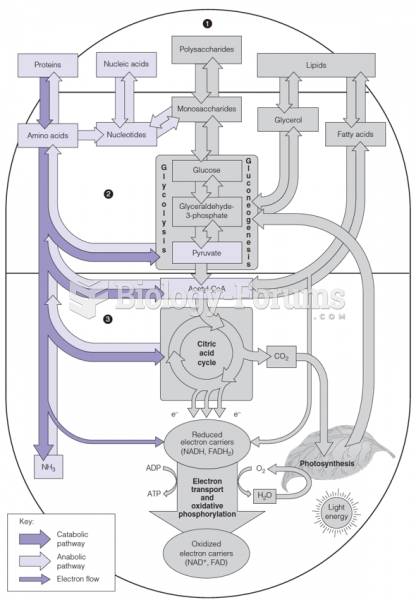|
|
|
Did you know?
Persons who overdose with cardiac glycosides have a better chance of overall survival if they can survive the first 24 hours after the overdose.
Did you know?
The senior population grows every year. Seniors older than 65 years of age now comprise more than 13% of the total population. However, women outlive men. In the 85-and-over age group, there are only 45 men to every 100 women.
Did you know?
Excessive alcohol use costs the country approximately $235 billion every year.
Did you know?
Human kidneys will clean about 1 million gallons of blood in an average lifetime.
Did you know?
On average, the stomach produces 2 L of hydrochloric acid per day.







